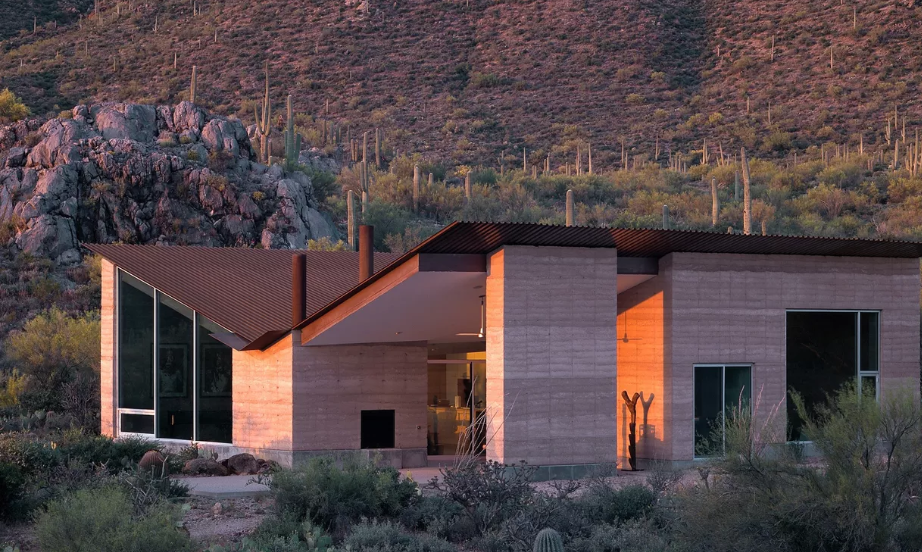
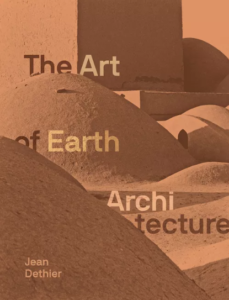 This house is one of 250 buildings in The Art of Earth Architecture: Past, Present, Future, a new book by Jean Dethier and Princeton Architectural Press. Dethier is a curator and historian and has dedicated his 50-plus-year career to exploring architecture made from earthen materials. This book is both an informative global survey of buildings—from ancient Egypt to today—and a call to action. “As we face the dangerous and deep crisis related to climate change, we absolutely and urgently need feasible alternatives,” Dethier writes.
This house is one of 250 buildings in The Art of Earth Architecture: Past, Present, Future, a new book by Jean Dethier and Princeton Architectural Press. Dethier is a curator and historian and has dedicated his 50-plus-year career to exploring architecture made from earthen materials. This book is both an informative global survey of buildings—from ancient Egypt to today—and a call to action. “As we face the dangerous and deep crisis related to climate change, we absolutely and urgently need feasible alternatives,” Dethier writes.
Reducing the building industry’s reliance on carbon-intensive construction materials is an important step for fighting climate change. Rammed earth, which is a focus of Dethier’s book, along with other earthen techniques like adobe and cob, is one of the better options because of its structural stability and small carbon footprint.
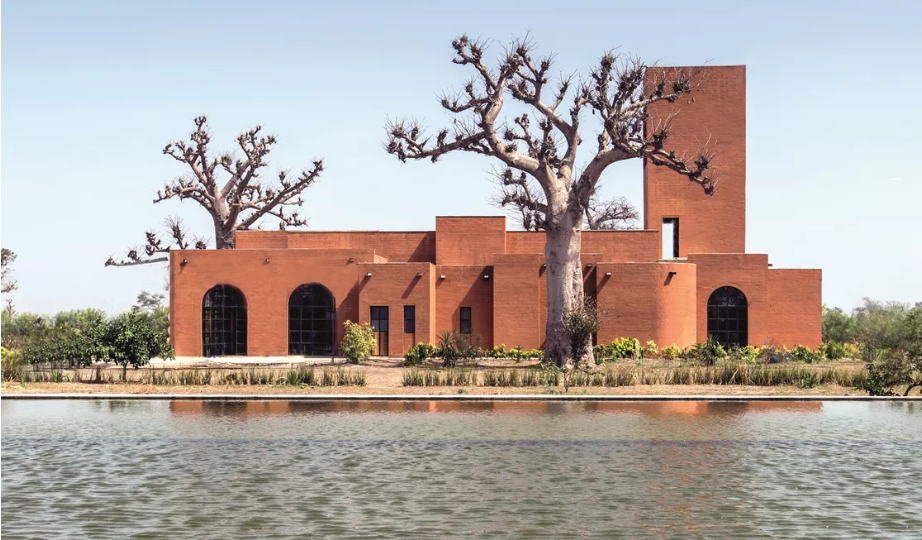
Architects are looking at indigenous and vernacular design as greener alternatives to conventional construction and The Art of Earth Architecture shows how it can be applied to modern buildings.
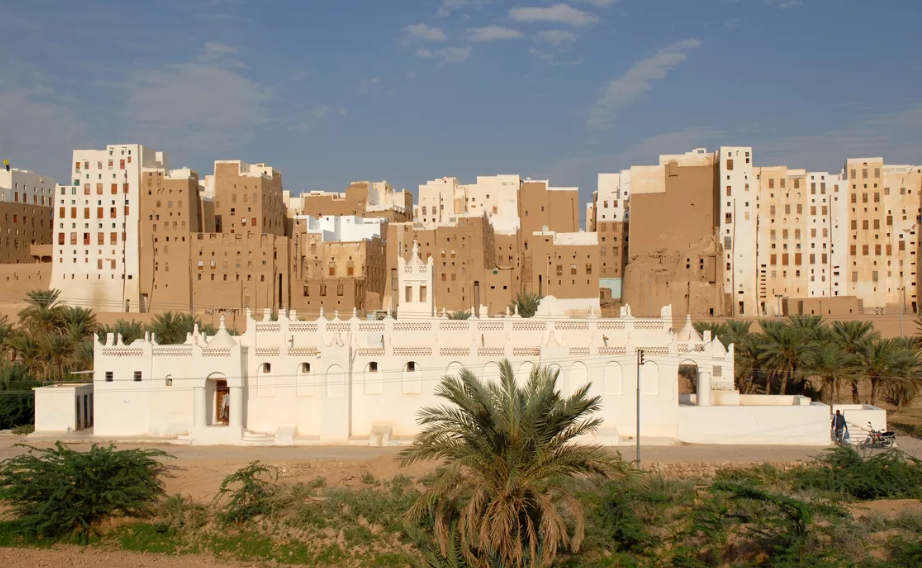
“The traditions have been largely ignored because they were victims of a huge cultural amnesia,” Dethier says. “It was high time to honor them. Of course, the idea is not at all to ‘copy’ the past…It is to clearly understand the many lessons we can learn from it with the aim to modernize and adapt this technical and cultural sophisticated knowhow to present-day needs.”
Traditional rammed earth is made from clay-rich soil, water, and natural stabilizers like animal blood or urine and plant fibers that have been packed down. Today, it’s used around the world in homes, like the Tucson house by Rick Joy, offices, shopping centers, places of worship, and more, which are featured in Dethier’s book.
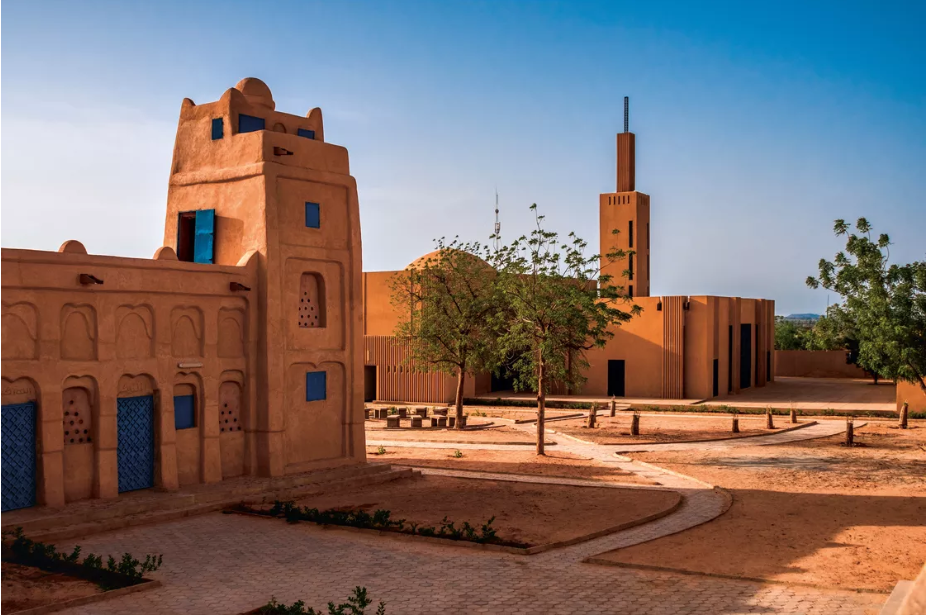
“The optimal new uses of raw earth as a construction material are now increasingly adopted all over the world for three main reasons: It does not need any industrialization process, does not consume fossil energy, and does not emit CO2,” Dethier says. “Housing and buildings appropriately designed to use the local resource of raw earth are providing high climatic comfort, as well as a very pleasant living experience…generating sobriety, economy, beauty, sensuality, harmony with nature and eco-responsibility.”
“To efficiently face our world’s ecological crisis, all the citizens have to be informed about realistic ways to adopt a radically new and progressive way of life and consumption,” he says, “including, in priority, how we build and live in our houses, and more broadly in our built environment.”
You can read the original article at www.curbed.com

Wow ,that’s a great picture of the Yaama mosque. We have beautiful red clay deposits throughout Virginia. Imagine the possibilities!